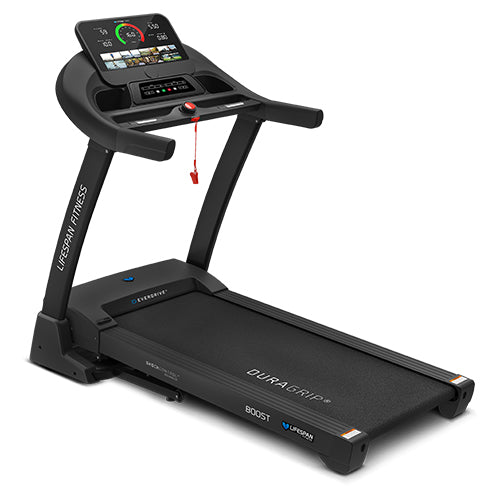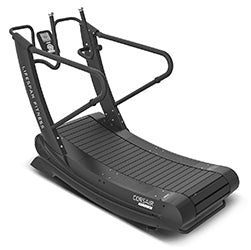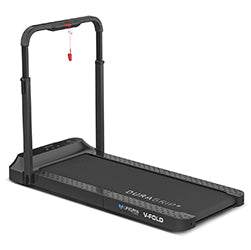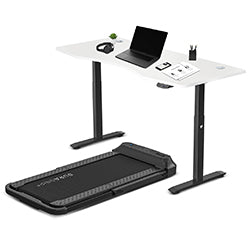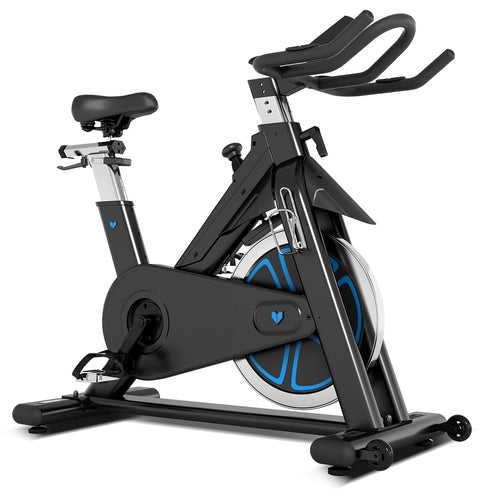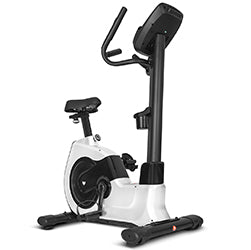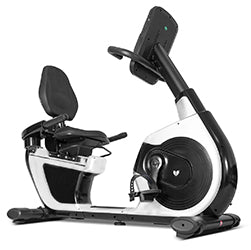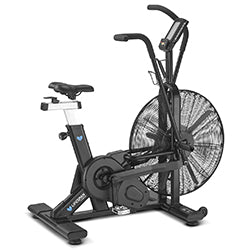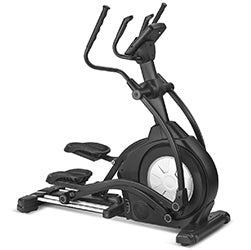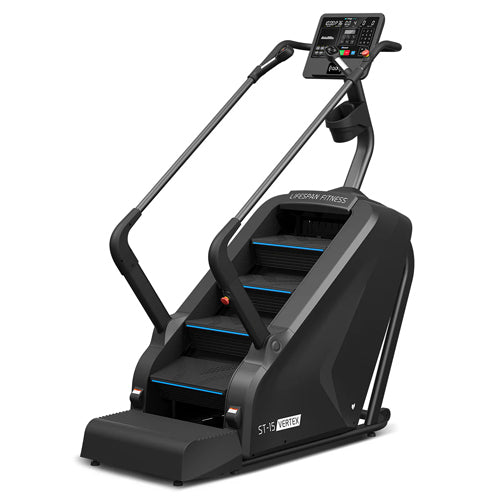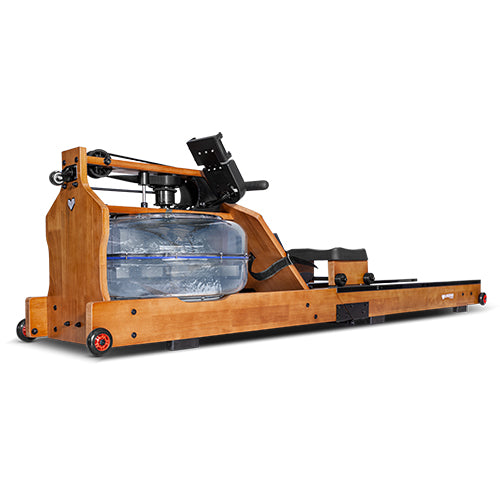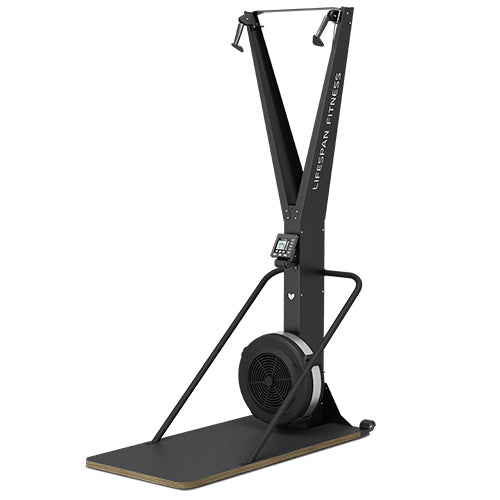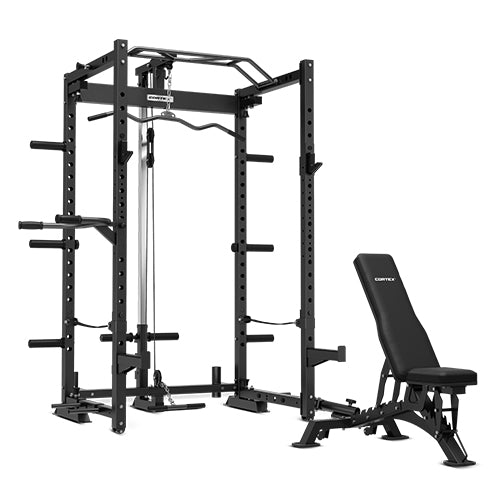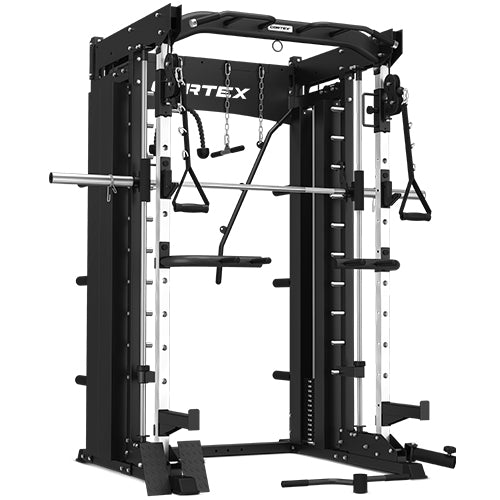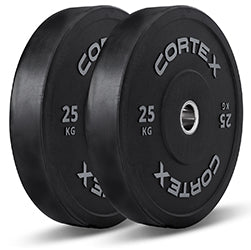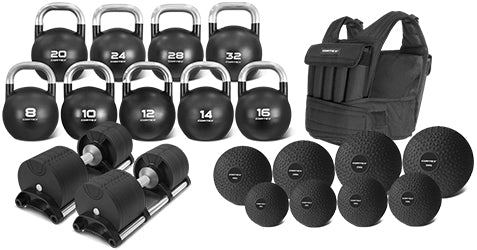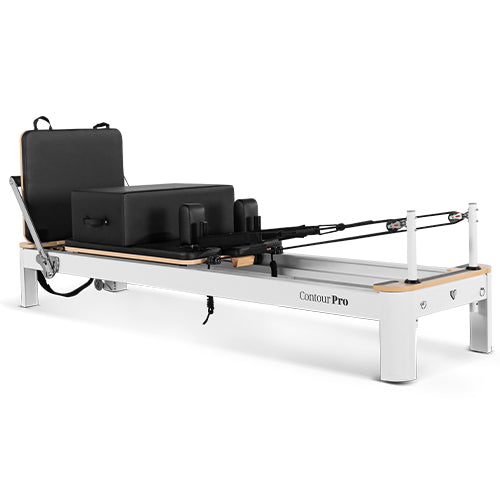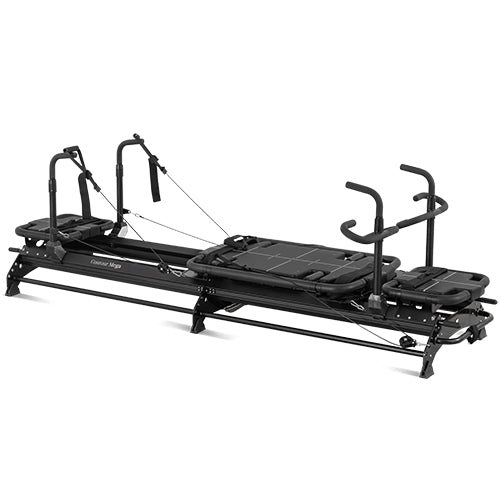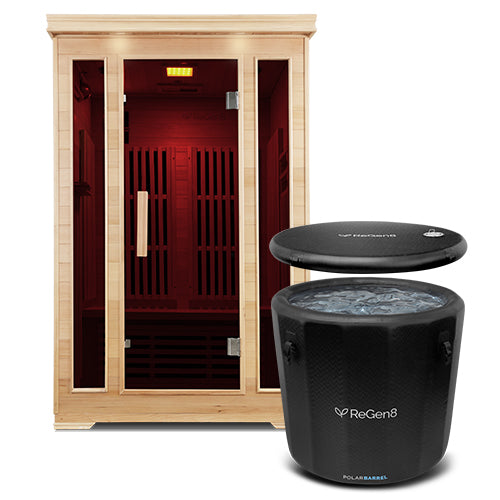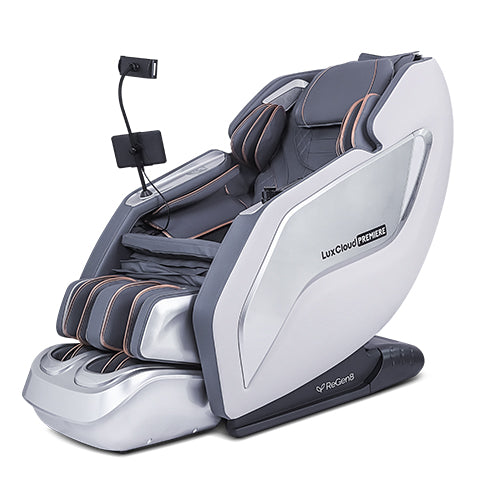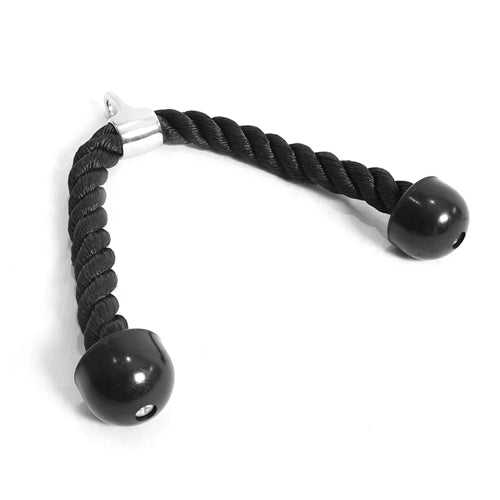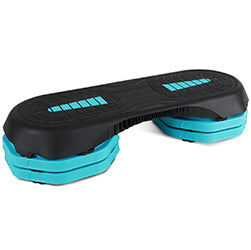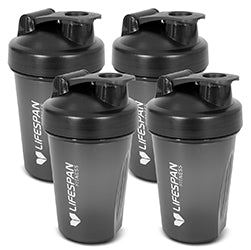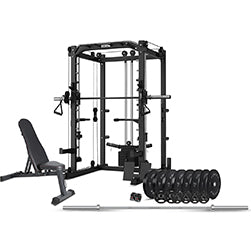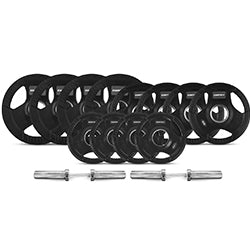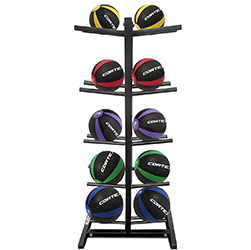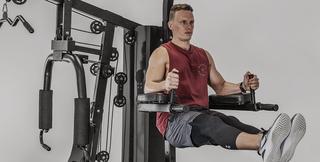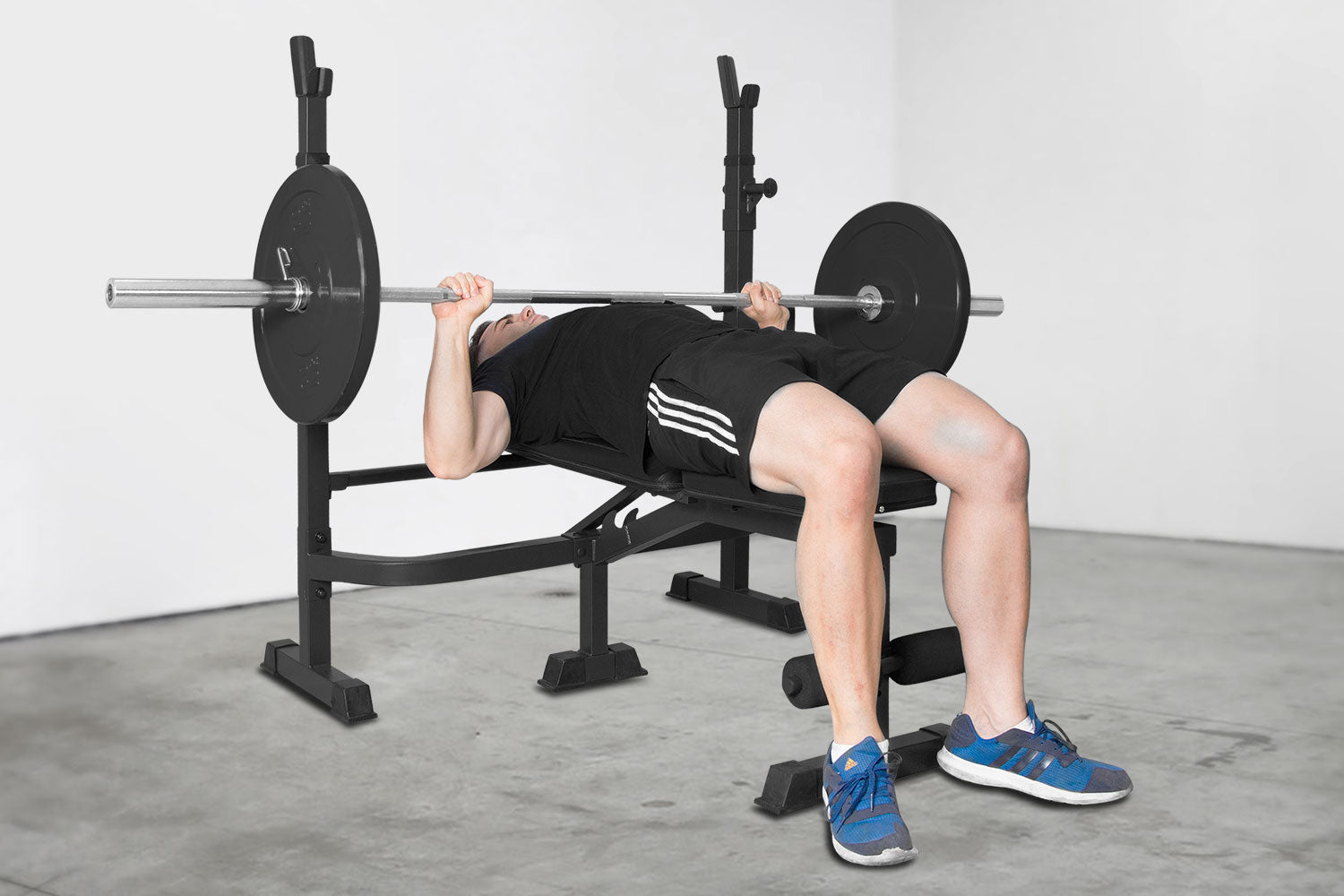

The Barbell bench press is the classic chest and upper body exercise, targeting the major muscle groups of the chest, shoulders and triceps. The technique involved is not overly advanced, however it’s incredibly important to have a good understanding of form before you tackle this exercise. There are a few variations, but the main one that most will be familiar with is the traditional flat bench press.
Equipment

When it comes to the classic bench press, there are three essential pieces of equipment: a bench, barbell & weights and a rack to hold them. Lifespan Fitness has options that combine an exercise bench with an adjustable rack, but you may also opt for a separate bench and power rack. If you need help finding the right barbell and weight plates for your workout, make sure to check out our barbell comparison guide, and our Olympic plate buying guide. If you want to go on to perform other variations, such as incline or decline press, you’ll need a bench with adjustable incline. You may also opt to swap out your barbells for dumbbells in a dumbbell bench press, which we’ll also cover.
Technique
1. Setting up
Lower your back down onto a bench. If using an adjustable bench, set it to be completely flat, without an incline. Place feet flat on the floor and secure them in stable position. Your feet will be a key point of support throughout the exercise. Your hips should have firm contact with the bench, maintaining a neutral spine throughout the exercise.
2. Bar Position
Get a firm grip on your barbell, with your hands slightly wider than shoulder-width apart. Keep the bar directly over your shoulders.
3. Engage Core
Before you start moving the bar, make sure your core is activated and your body is in a stable position. It’s important to maintain this stable base throughout the movement.
4. Starting Position
If using a rack, lift the bar off and bring it down to your chest, bending your elbows to the side. Your palms should be facing forwards.
5. Lift Bar
Stabilise your body as you straighten your elbows upwards, lifting the bar until your arms are fully straight.
6. Repeat
Bring the bar back down to your starting position, and repeat for the desired number of reps.
Dumbbell Bench Press

You may also opt for a dumbbell bench press, which has the advantage of a greater range of motion, and is more efficient at targeting strength imbalances between the two sides of your body. When using dumbbells, you’ll find you’re able to bring the weights further down to your sides past your shoulders. The technique will be relatively similar to the barbell press, remembering not to touch the dumbbells at the top of movement, as this will take the strain off of your muscles. While barbells tend to get most of the attention when it comes to gym benches, there are many advantages to swapping them out for a pair of dumbbells in many exercises, so take the time to consider the right equipment for your workout and needs.
Close-Grip
Another variation is the close grip bench press, or narrow-grip. This involves moving your hands closer together on the bar so that they’re shoulder width apart. This type of bench press shifts the focus more to the triceps and the back of the upper arm.
Decline Bench Press
If your bench has a decline option, you can swap out the flat bench press for a decline bench press, which has the advantage of targeting your lower pecs and being easier on the shoulders and back. For this exercise, decline the bench press so that when you lie back, your knees are higher than your head. With the unusual angle, it’s important to lower down slowly and with caution. Otherwise, you can follow the steps above as usual.
Incline Bench Press
This will shift the focus to your upper pecs and shoulder muscles. For this variation, set your bench to the incline setting at about a 45 to 60 degree angle. Make sure the bar is moving directly upwards, otherwise you can follow the same steps.
How often to Bench Press
If you’re just starting out with benching, once a week is plenty to start seeing some results.
For more advanced trainers looking for consistent and efficient returns from your workout, try to work bench presses into your routine around 2-3 times a week. This will give your muscles enough time to rest in between sessions, while ensuring they’re getting enough of a workout. Anything more than 4 times a week is probably overdoing it.
If you’re still new to the world of weightlifting and bench presses, check out our guide on how to get started lifting weights.
Conclusion

The bench press is one of the most efficient and effective ways of building muscles in the upper body, and can be modified to suit most fitness levels. It’s best to work with a spotter if you’re just starting out, and remember to take it easy with weights if you aren’t 100% sure of what you can comfortably lift.
As always, if you have any questions about our CORTEX range of exercise benches, don’t hesitate to reach out to our friendly team and we’ll be happy to help you along your fitness journey.




